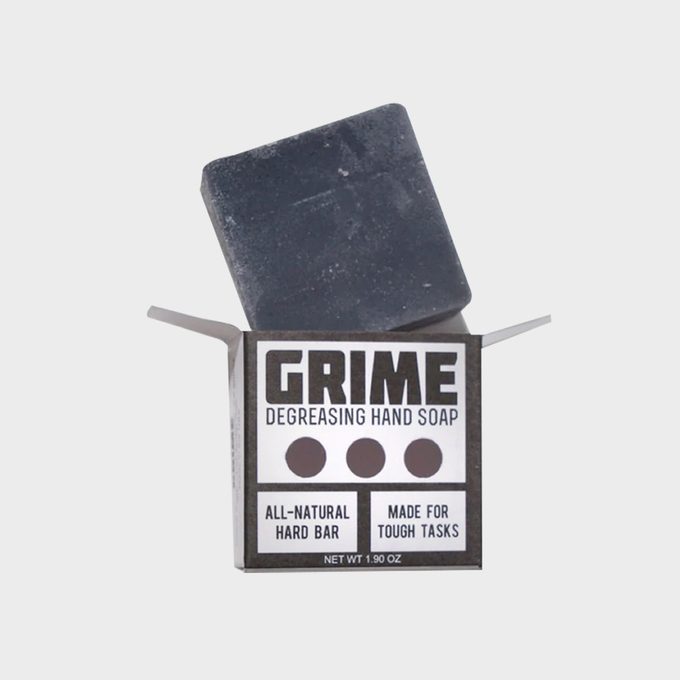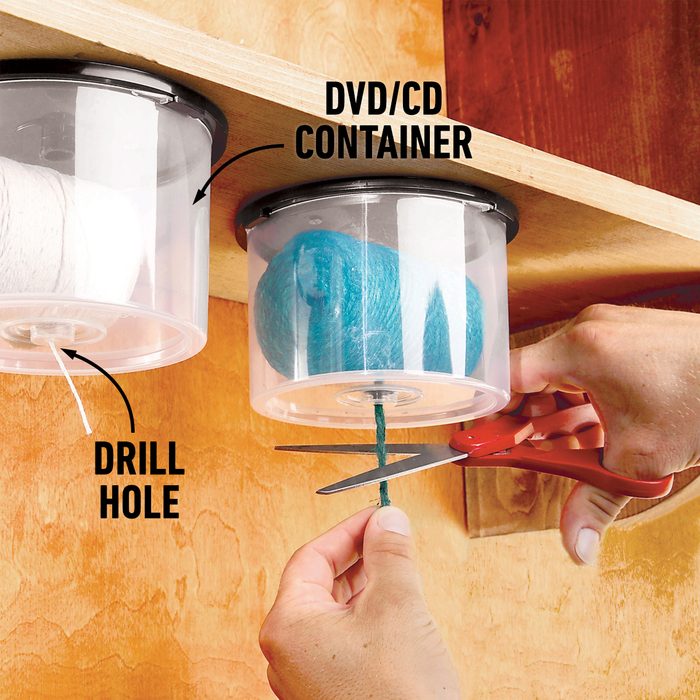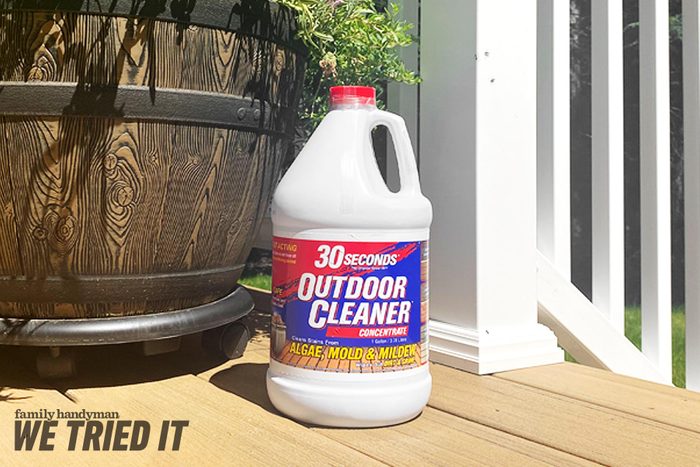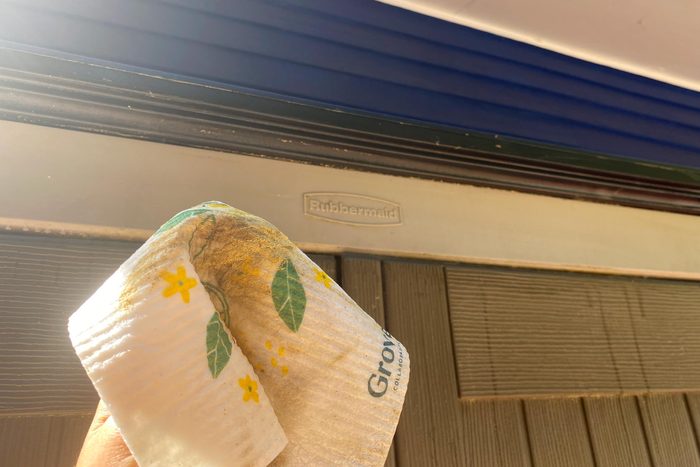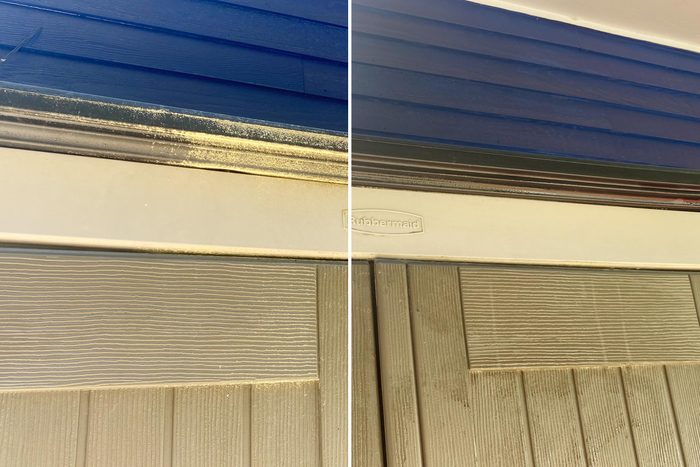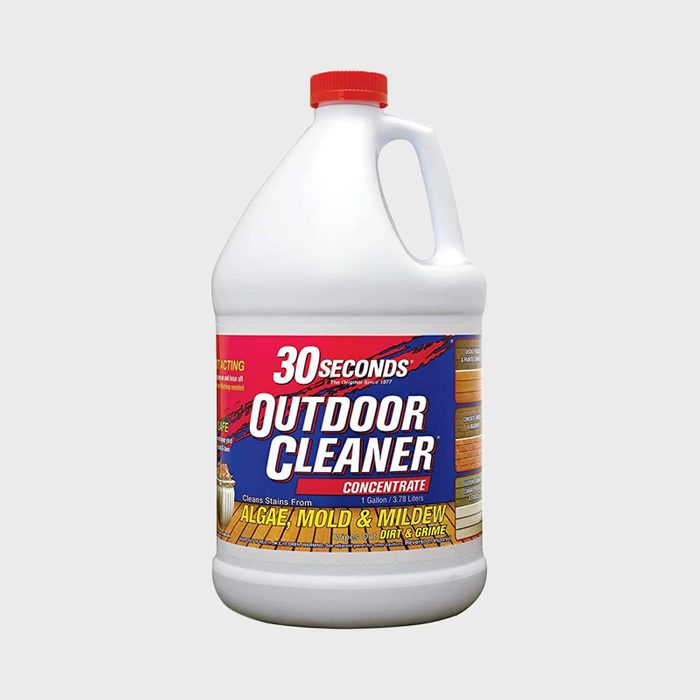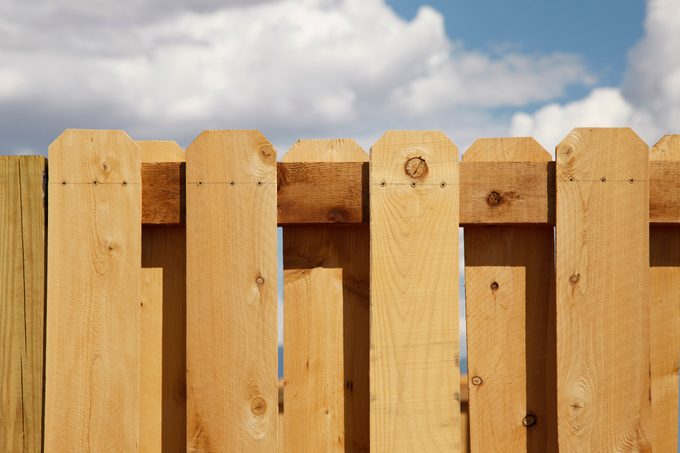We ask a lot of an outdoor kitchen sink. It must stand up to freeze/thaw cycles in some regions and to the sun’s UV rays and extended exposure to moisture in others. It must fit in visually with the rest of the outdoor living space and hold up to frequent use — cooking, cleaning and maybe the occasional dog bath.
In the rudimentary outdoor kitchen at my property, we installed a polyethylene utility sink — admittedly, not the most stylish option. Anyone designing a full-service outdoor kitchen with a cooking area, refrigerator and seating will probably choose a different aesthetic. An outdoor kitchen sink often ends up doubling as a workstation for gardening and other outdoor activities, so it has to be durable and easy to clean.
What To Consider When Choosing an Outdoor Kitchen Sink
Your climate and outdoor kitchen style are the top considerations when choosing an outdoor kitchen sink, but there are others. Keep the following in mind:
Where you live
In a region with harsh winters, you’ll need a sink made of metal, stone or composites that expands and contracts with extreme changes in temperature. If you live in an area with high temperatures and lots of sun, you’ll do better with a sink that disperses the sun’s glare. Think composite granite, brushed stainless steel or hand-tooled copper.
Kitchen design
Will the kitchen have a roof? If not, glare from the sink and exposure to wind and rain are important considerations. If a roof provides protection from the elements, your options are more varied. Also choose a sink that fits with the look and size of the countertop.
Function
Choose the size and type of sink based on how you intend to use it. If the outdoor kitchen doubles as a utility work area, you’ll need a larger, deeper sink. Consider a double-basin sink if you plan to wash dishes or reserve part of it for gardening activities.
Sink Materials
When shopping for an outdoor kitchen sink, you’ll find most available options are stainless steel or composite granite. Materials like copper, concrete, porcelain and quartz also hold up well and look great outdoors.
Here are the top material options for an outdoor kitchen sink:
- Stainless steel: Lightweight and virtually incorruptible, stainless steel is the top choice for outdoor kitchen sinks. Stainless steel sinks come in all shapes and types, including single- and double-basin, top-mount, undermount and apron style (AKA farmhouse). They also come in metal gauges from 22 (lightweight and somewhat tinny) to 12 (heavy and solid).
- Composite granite: These are made from granite dust and resin. They’re heavy — the cabinet may need reinforcement — and are generally black, gray, off-white or white. They’re also available as top-mounts or undermounts. Composite materials are easy to clean, resilient in extreme weather and look great with stone or tile countertops.
- Quartz: Like composite granite, quartz is an amalgam of crushed stone and synthetic resins. The stone is a combination of granite, marble, silica and sometimes actual quartz. Quartz is as durable as composite granite with similar color choices: black, gray, off-white and white.
- Copper: These are rust-resistant and impervious to mildew. They develop a soft patina after exposure to the elements and need periodic cleaning to prevent them from turning green.
- Concrete: Durable and functional, a molded concrete sink is porous and heavy. It needs more cleaning than other materials. Also, there’s a chance it will crack in extreme temperature fluctuations.
- Porcelain: This is the easiest sink material to keep clean. But it’s breakable and not the best choice for an outdoor kitchen that doubles as a utility area.
Matching the Faucet
Most people choose their faucet based on sink and countertop style. If you already have a faucet you like, you may want to do the reverse. Keep in mind your faucet has to be as weather-resistant as the sink. Stainless steel is best.
Top-mount sinks have one or three faucet holes in the back. Standard kitchen faucets usually require three holes, but many contemporary pull-outs or pull-downs need only one central hole. If you choose an undermount sink, the faucet has to be mounted on the countertop. So don’t forget to drill those holes as part of your outdoor kitchen project.
Cost Considerations
Sink costs vary by style. Top-mounts are the least expensive, undermounts mid-range and apron/farmhouse sinks the costliest. Size also affects price and installation costs if you’re not going to DIY. They’re usually higher for undermounts and apron sinks than top-mounts.
Stainless steel is an economical option, ranging between $400 and $1,000. By contrast, composite sinks cost $800 to $1,500, and porcelain sinks between $900 to $1,500. Copper sinks are a splurge, typically between $1,500 and $2,500. If concrete is your top choice, you can find a pre-molded one for as little as $500 or $600.
Article source here: How To Choose an Outdoor Kitchen Sink


